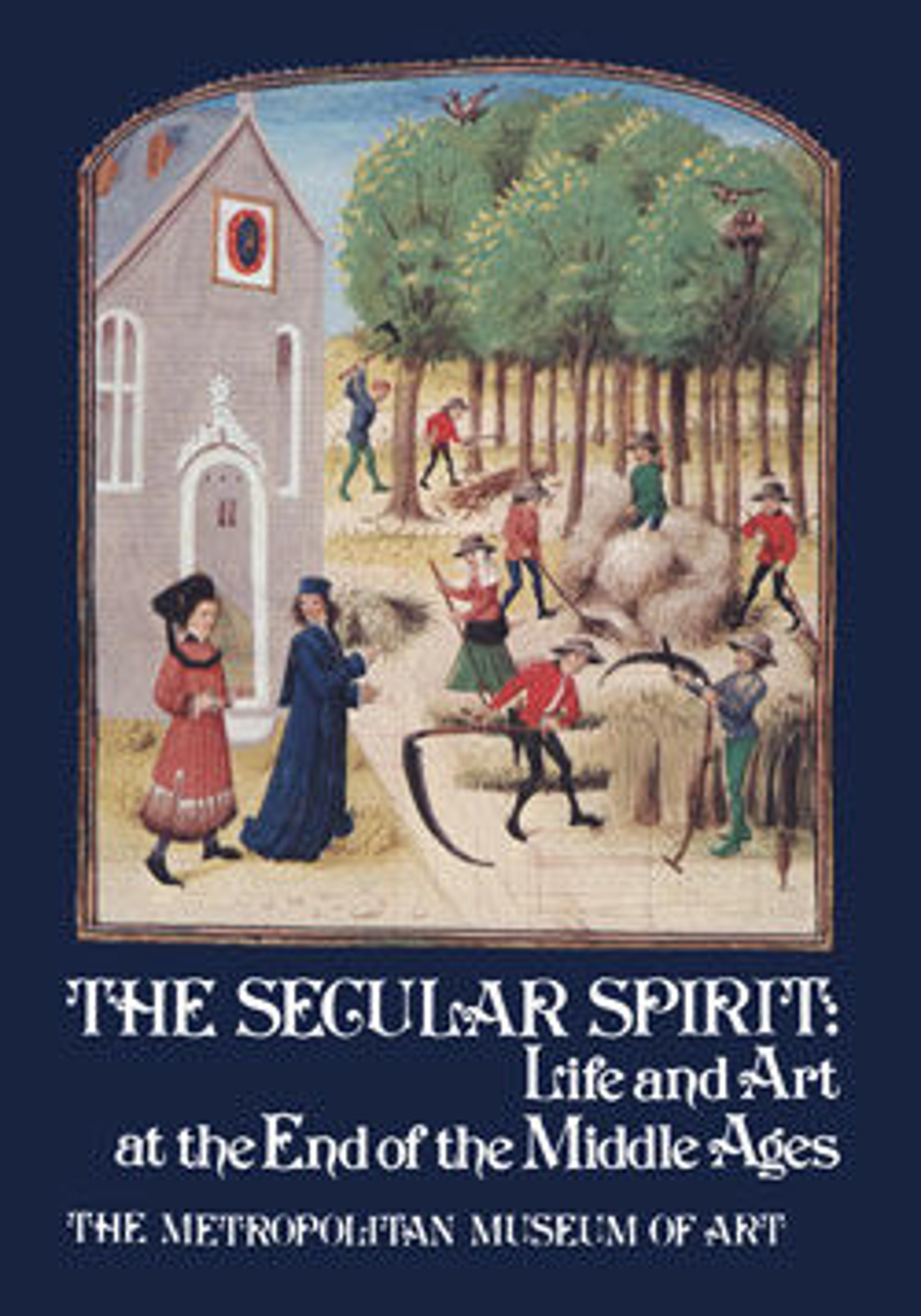Pot, Watering
Two types of watering pots were familiar to the medieval household, of which the present example, known as a chantepleure, was the more usual. This pot, derived from a form known in antiquity, is shaped like a jug. The handle arching from the body of the vessel to the very top of the neck is so placed that the thumb can easily cover the small opening. The bottom of the vessel is perforated with numerous holes and serves as a sprinkler. The pot was immersed in water until filled, and once the thumb was placed over the hole the water would not flow. As soon as the thumb was lifted, however, the water would sprinkle out of the bottom. The other type of watering pot, the English versions of which were primarily produced in Sussex, more closely resembled the modern type, having a sprinkler head on a pouring spout attached to a canister-shaped vessel. Watering pots were used to tend not only to kitchen gardens but indoor potted plants as well. This example was excavated in Cannon street, London, but its origin of manufacture is uncertain.
Artwork Details
- Title: Pot, Watering
- Date: 16th–17th century
- Geography: Made in London, England
- Culture: British
- Medium: Earthenware, glaze
- Dimensions: Overall: 12 1/16 x 8 11/16 in. (30.7 x 22 cm)
- Classification: Ceramics
- Credit Line: Rogers Fund, 1952
- Object Number: 52.46.1
- Curatorial Department: Medieval Art and The Cloisters
More Artwork
Research Resources
The Met provides unparalleled resources for research and welcomes an international community of students and scholars. The Met's Open Access API is where creators and researchers can connect to the The Met collection. Open Access data and public domain images are available for unrestricted commercial and noncommercial use without permission or fee.
To request images under copyright and other restrictions, please use this Image Request form.
Feedback
We continue to research and examine historical and cultural context for objects in The Met collection. If you have comments or questions about this object record, please complete and submit this form. The Museum looks forward to receiving your comments.
